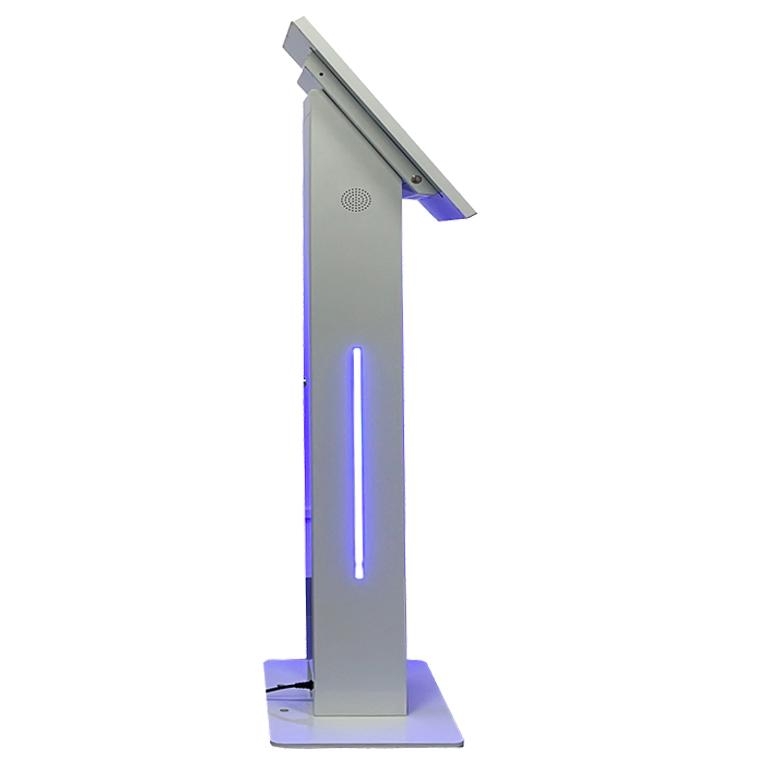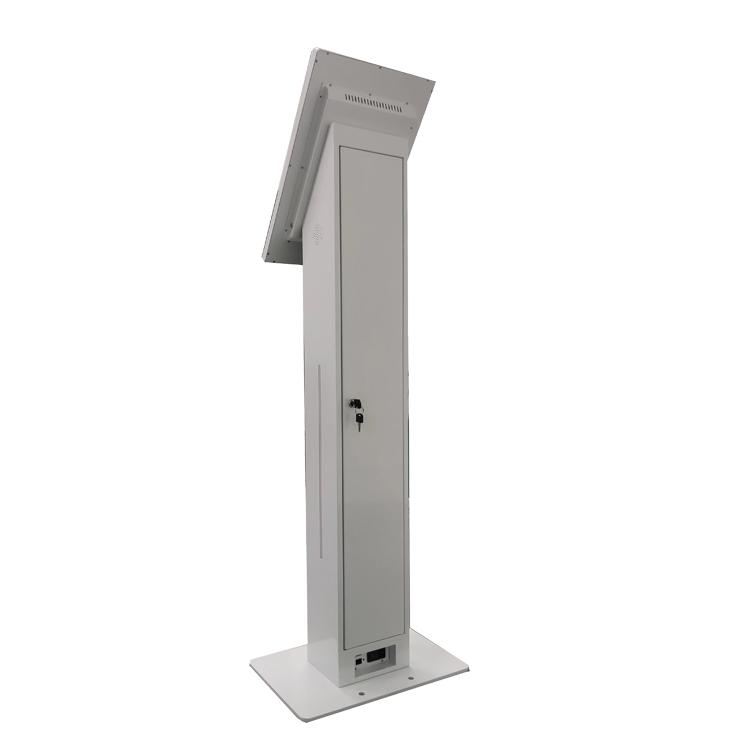A free-standing self-service kiosk refers to a freestanding, unmanned interactive station or terminal that allows customers or users to perform various tasks or access information independently, without the need for direct assistance from staff.
Some key features of a free-standing self-service kiosk include:
Freestanding Design: The kiosk is a standalone unit that is not attached to a counter or wall, allowing it to be placed in open areas or high-traffic locations.
Self-Service Functionality: The kiosk is designed to enable users to complete transactions, access information, or perform other tasks on their own, without the need for an attendant or employee.
Interactivity: The kiosk typically features a touch screen, buttons, or other interactive interface that allows users to navigate menus, input data, and perform the desired actions.
Automated Operations: The kiosk is programmed to handle a range of tasks, such as providing product information, accepting payments, or printing tickets or receipts, without the need for manual intervention.
Convenience: Free-standing self-service kiosks are often deployed in locations such as airports, retail stores, restaurants, or public facilities to offer customers a convenient, quick, and independent way to access services or information.
The purpose of a free-standing self-service kiosk is to enhance the customer experience, improve efficiency, and reduce the workload on staff by allowing customers to handle certain transactions or tasks themselves.






